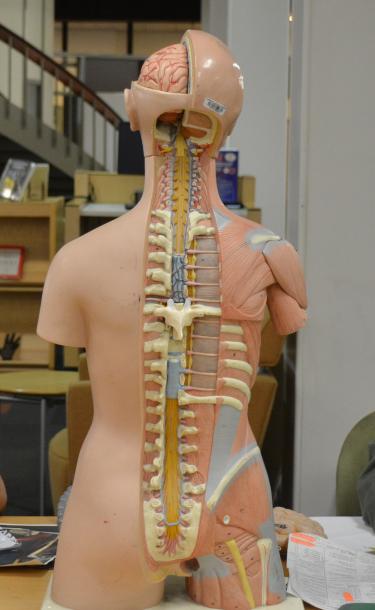Degrees Offered
Associate in Arts Degree in Biology - Health Science Option (21 units, Plan A)
The Health Science option of the Associate in Arts Degree in Biology provides an orientation to the health sciences while including the general background required for the fields of nursing, dental hygiene, respiratory therapy, physical therapy, and other health fields.
Students who wish to obtain an Associate degree in Biology (Health Science Option) may do so by completing the course requirements listed below plus all other WLAC requirements for an Associate degree.
REQUIRED COURSES
- ANATOMY 1 Introduction to Human Anatomy (4 units)
- BIOLOGY 3 Introduction to Biology -Bio 3A & Bio 3B (4 units)
- CHEM 51 Fundamentals of Chemistry I (5 Units) OR
- CHEM 60 Introduction to General Chemistry (5 units)
- MICRO 20 General Microbiology (4 units)
- PHYSIOL 1 Introduction to Human Physiology (4 units)
RECOMMENDED COURSES
- CHEM 101 General Chemistry I (5 units)
- PSYCH 1 General Psychology I (3 units)
- SOC 1 Introduction to Sociology (3 units) OR
- SOC 2 American Social Problems (3 units) OR
- ANTHRO 102 Human Ways of Life: Cultural Anthropology (3 units)
NOTE: Always review requirements of the institution to which you plan to transfer.
Class Description
1 Introduction to Human Physiology (4 Units)
This course presents the biochemical and biophysical principles underlying the physiological processes of the human being. Lecture topics include the neural and hormonal regulation of bodily processes, and the integration of the organ systems to maintain a constant fluid environment within the body. Special emphasis will be placed on the evaluation of body temperature, blood pressure, breathing, and urine output, as well as the interpretation of clinical laboratory tests. Laboratory exercises will introduce the student to the spectrophotometer, EKG machine, blood pressure cuff, and urinalysis tests.
This course is intended to meet the requirements of students majoring in Nursing, Dental Hygiene, Occupational Therapy, Psychology, Physical Education, and Life Sciences, or for those who wish to extend their knowledge of the human body beyond the scope of introductory biology.
Textbook: contact your professor for more information about textbooks
Some previously recommended textbooks are:
- Human Physiology, 1st edition. Bryan H. Derrickson. Wiley Publishing. 2016
- Principles of Anatomy and Physiology, 15th edition, Gerard J. Tortora and Bryan H. Derrickson. Wiley Publishing, 2016
- Human Physiology, 14th Edition. Stuart Fox. McGraw-Hill Higher Education, 2015.
Prerequisite: Anatomy 1 and Biology 3A/3B (or Biology 6) or college-level biology; Chemistry 60 (or Chem 101); Math 125
Transfer: UC:CSU
Student Learning Outcomes:
At the end of the semester, the student will be able to:
- Accurately measure heart rate, blood pressure and record and evaluate an electrocardiogram.
- Explain how the digestive system, respiratory system and urinary system act to provide the body with necessary compounds and work to remove waste products.
